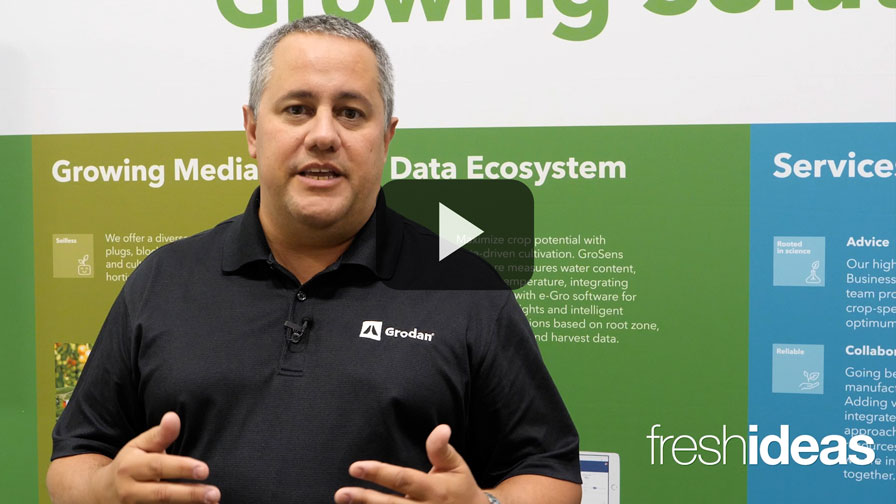Grow Your Bottom Line With The Right Plants
Focusing on quality means creating a culture of quality within your company. How do we look upon quality within our businesses, and how does it relate to the quality of our products?
It is the responsibility of everyone who is involved with the creation of the products or services offered by an organization. In other words, true quality capitalizes on the involvement of management, workforce, suppliers and even customers, in order to meet or exceed customer expectations.
For organizations to survive and grow in today’s challenging marketplace they need to create a culture of continuous improvement for products and services. A high level of good employee attitudes and enthusiasm is critical. All of these help with the ultimate goal of improved quality, productivity and customer satisfaction, which is an important competitive advantage in today’s marketplace.
Consider Your Business Model
Do you know where you are going, and what strategy works best for your business?
The best strategy is rooted in knowing who you are, why you do what you do and where you are going. Having a definitively strong purpose that resonates strongly across the organization makes communication, alignment, mobilization and execution infinitely less scary.
People slow down as they become unsure about how to make decisions or judgments. The speed and effectiveness of an organization comes down to being so clear about where we are going that we can safely delegate decisions to the lowest level and release the flow of the organizational energy that undoubtedly exists within the organization.
Embrace The New, Don’t Forget The Old
A good example of this is how our team makes decisions after returning from California Spring Trials. As a grower, quality product is in many ways dependent on the varieties we review, trial, select and then grow for our
customers. Getting the right mix is critical. For us, that means keeping
balance between tried-and-true favorites and the hot new varieties.
Consider carefully what you are growing. Do you rush out every year to grow all of the sexy new plants? What is your balance between the well established varieties and the sex appeal of “what’s new”?
Often new plant varieties are simply not well-suited to our commercial growing operation. I remember two varieties – Coreopsis ‘Limerock Ruby’ and Echinacea ‘Orange Meadowbrite’ – that were good examples of this. We thought ‘Limerock Ruby’ was a Zone 5 plant, but it proved to be more Zone 7. ‘Orange Meadowbrite’ in our experience was less hardy than we
anticipated and we had some issues with color. In the end, we had some unhappy consumers who purchased these plants because we didn’t meet their expectations on quality.
Be careful with new introductions and the plant hype. For many, the competition for getting new varieties into the marketplace is so keen that the ability to produce lags behind. We saw a lot of great plants introduced at the California Spring Trials in March but we didn’t jump on them, because we know realistically they will not be ready for commercial production until late 2013. Again, we don’t want to promise our customers something that we can’t deliver. The reputation of our business is at stake.
In closing, we want to build quality into everything we do in our growing operation. A business that stresses excellence in everything they do will
always produce a top-quality product and be a leader in the marketplace.









